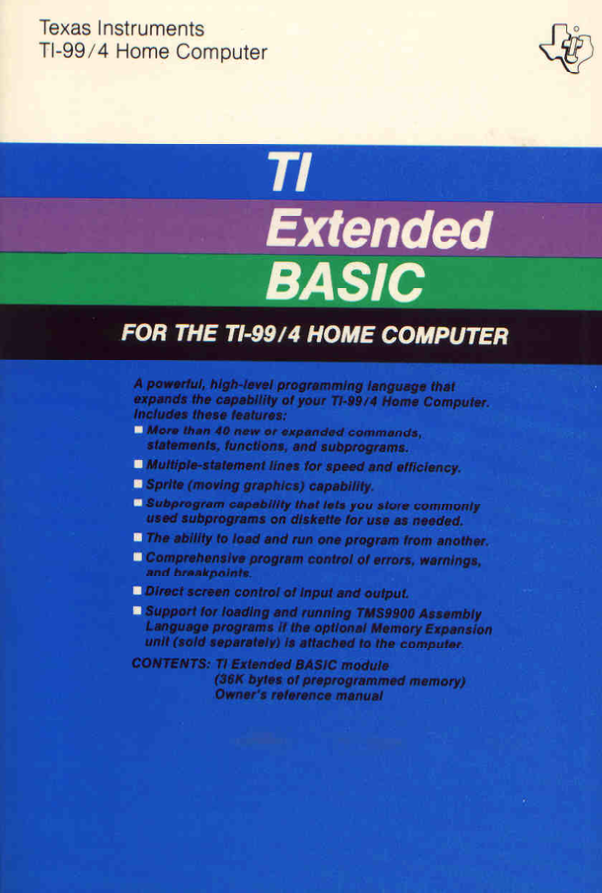Basic Programming In Computer

Beginnings of BASIC The language BASIC was an acronym for Beginner's All Purpose Symbolic Instruction Code. It was developed by Dartmouth mathematicians John George Kemeny and Tom Kurtzas as a teaching tool for undergraduates. BASIC was intended to be a computer language for generalists to use to unlock the power of the computer in business and other realms of academia. BASIC was traditionally one of the most commonly used computer programming languages, considered an easy step for students to learn before more powerful languages such as.
My unit is appropriate for use with remedial students who need extra practice with their basic addition, subtraction, multiplication, and division facts. The computer programs will offer independent work which is challenging but rewarding. The programs are motivational to facilitate learning because of the new experiences.
Until very recently, BASIC (in the form of Visual BASIC and Visual BASIC.NET) was the most widely known computer language among developers. Free Download Bhajan Of Vinod Agarwal In Mp3. The Spread of BASIC The advent of the personal computer was crucial to the success of BASIC. The language was designed for hobbyists, and as computers became more accessible to this audience, books of BASIC programs and BASIC games surged in popularity.
The Decline and Rebirth of BASIC By the mid-1980s, the mania for programming personal computers had subsided in the wake of running professional software created by others. Dino Buzzati Sessanta Racconti Pdf Reader. Developers also had more options, such as the new computer languages of.
But the introduction of Visual Basic, written by Microsoft, in 1991, changed that. VB was based on BASIC and relied on some of its commands and structure, and proved valuable in many small business applications. BASIC.NET, released by Microsoft in 2001, matched the functionality of Java and C# with the syntax of BASIC.